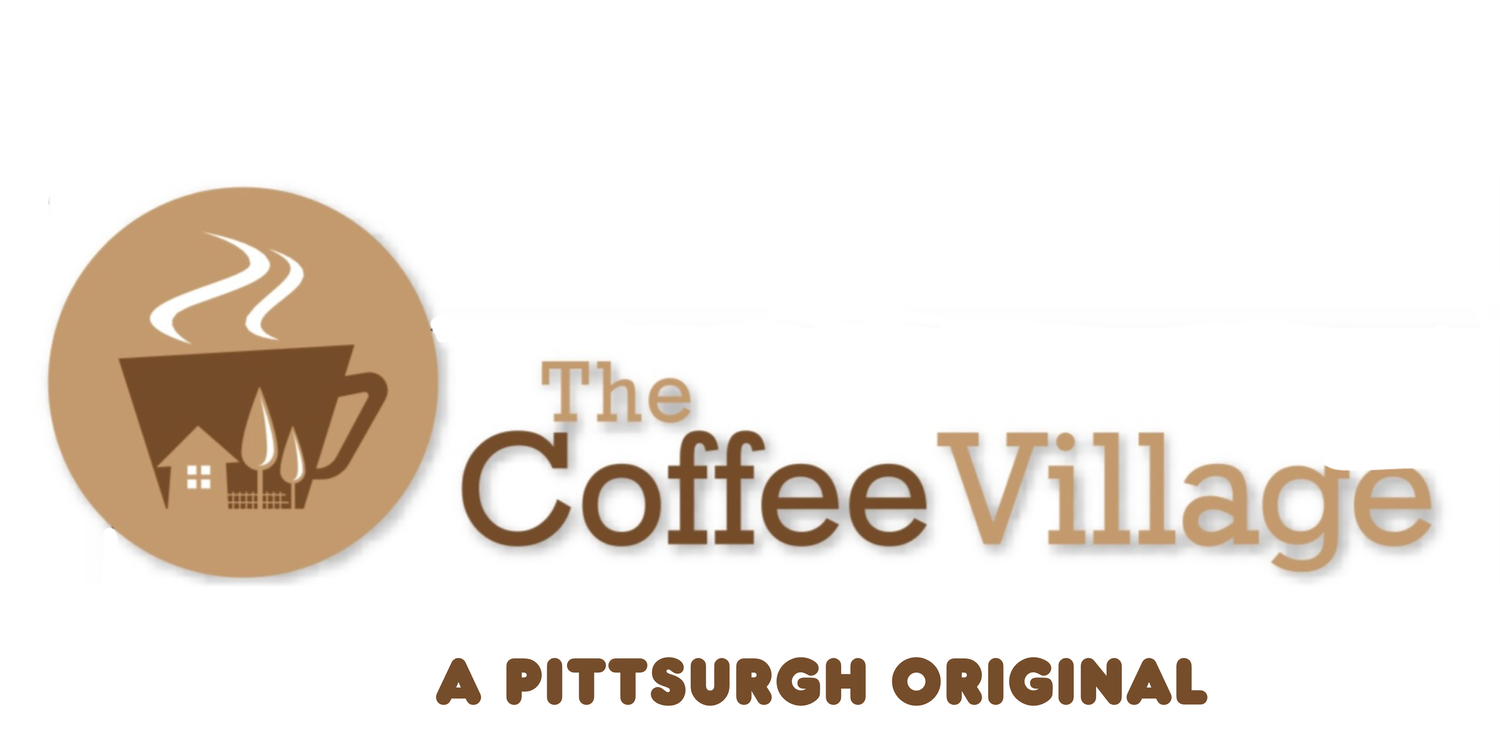With the weather here in Pittsburgh finally heating up, we have been flying through cold brew here at Crazy Mocha! We’re so glad you love the refreshing taste of our Three Rivers Cold Brew, but have you noticed just how different it is from hot coffee, or even iced coffee? There is a scientific reason behind cold brew’s distinctly smooth taste!
If you’re new to cold brew and confused by the craze, let’s start with the basics. Cold brew is not the same as an iced coffee. Iced coffee is coffee that was brewed in a few minutes with hot water, then quickly iced. It will usually taste similarly to the same coffee served hot, because it is simply served with ice.
However, cold brew is a completely different process. Cold brew coffee is usually ground more coarsely than the grounds used for hot coffee, and is steeped like tea, usually for 12-24 hours. The result is a smooth, concentrated coffee that will feel, smell, and taste different than coffee brewed with hot water.
According to Science and Food, the different is in how the chemical compounds in coffee are broken down during the brewing process. When coffee grounds come in contact with water, the water pulls certain components, called “coffee solubles,” out of the grounds. These solubles are what give the coffee beverage its distinct taste and caffeine content. Hot water pulls most of the coffee's solubles out quickly, while cold water pulls less, and much more slowly. That is why a pot of hot coffee can be made in less than five minutes, while cold brew takes hours. When this process happens with hot water, the hot water degrades and oxidizes the chemical compounds in the coffee, which leads to the bitter, sour, or acidic taste that is often associated with hot coffee. Brewing coffee with cold or room temperature water does not cause as much degradation and oxidation, which is why cold brew coffee often tastes sweeter, smoother, and more subtle than hot brew. This article from Business Insider mentions that the breakdown of the coffee’s compounds is what gives hot coffee its classic, room-filling aroma, which is also why cold brew will not have much of a scent compared to hot brew.
Because of the lower extraction rate in cold brew coffee, another major difference between the brews is the amount of coffee used in the brewing process. Since cold water extracts less solubles from the coffee than hot water does, most people will use twice or more of the amount of coffee grounds to make a batch of cold brew than they would for hot brew. This leads to cold brew being more of a concentrated flavor, and is also why most cold brew is served with some kind of diluent, like milk or cream. You might hear people say that this means that cold brew is also more caffeinated than hot brew, but according to Coffee Chemistry, caffeine level is an incredibly tricky variable to measure that depends on the bean, grind, brewing method, temperature, and amount of grinds used, so that is not always true.
So, now that you know the science behind cold brew coffee, next time you stop in a Crazy Mocha Coffee shop to order a refreshing cup of our Three Rivers Cold Brew, try sipping it slowly to truly take note of its unique taste and mouthfeel as compared to a cup of hot coffee. Enjoy!
